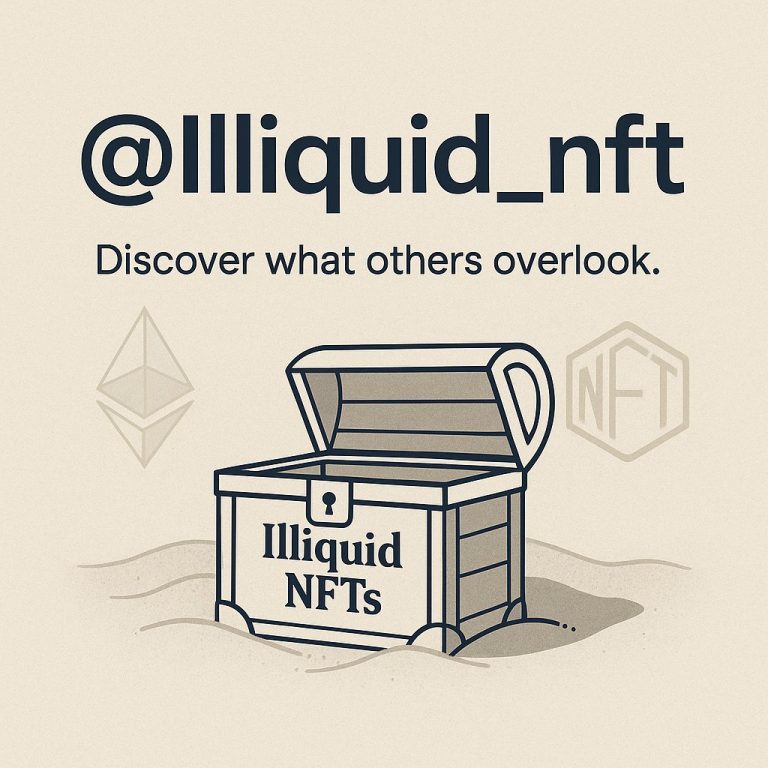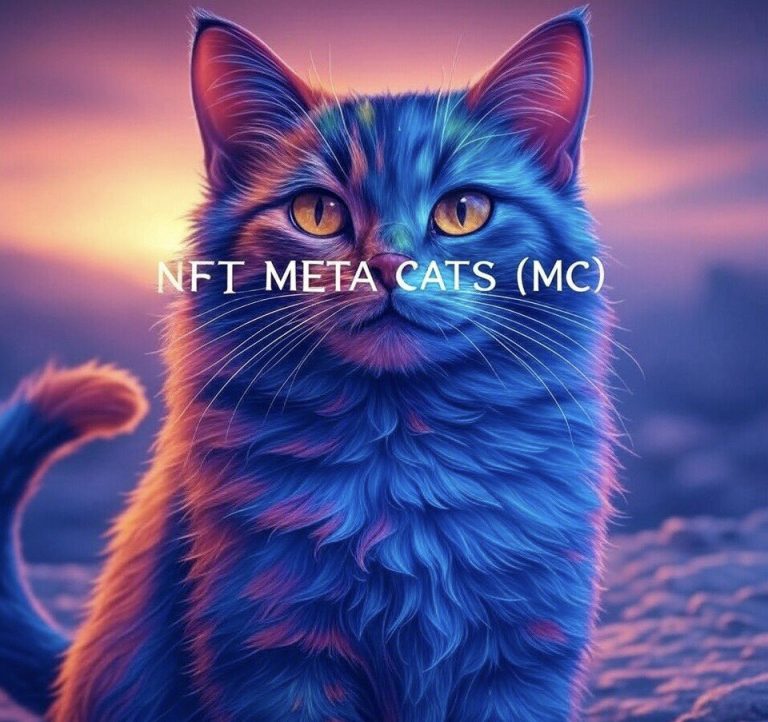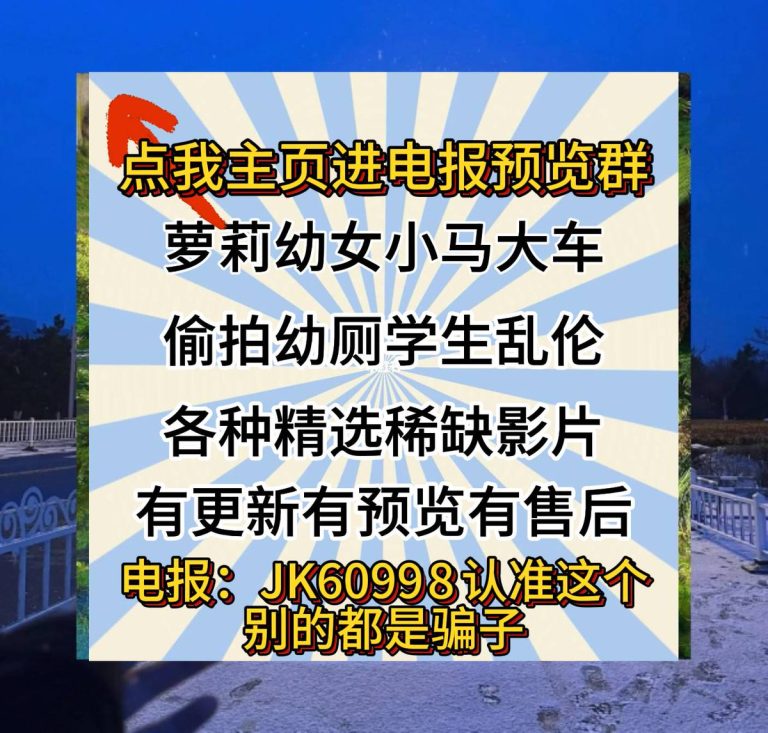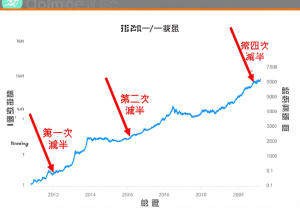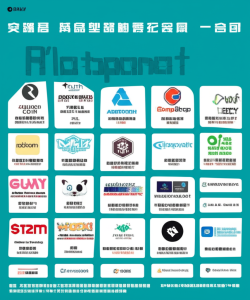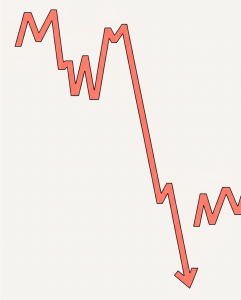
Exploring the Dynamic Landscape of NFT Analytics and Market Trends in Mid-2025
—
The Ever-Evolving NFT Space: Context and Current Sentiments
As of mid-2025, the NFT (Non-Fungible Token) ecosystem continues to be a hotbed of innovation, speculation, and technology-driven community interaction. Despite past volatility and skepticism from mainstream financial sectors, NFT markets are seeing a resurgence in activity, as evidenced by sold-out mints, advanced analytic tools, and nuanced investor behavior. But beneath the hype, thoughtful analysis reveals complexities that separate surface-level market enthusiasm from sustainable value and structural integrity.
Several snippets from industry insiders and analysts paint a detailed picture of the current NFT and crypto landscape, highlighting trends, technical evolutions, and the cultural pulse driving these digital assets.
—
Trust and Transparency: The Backbone of Next-Gen NFT Tools
One major theme is the emphasis on secure, transparent, and permissionless NFT analysis tools. A tweet from the initiative behind #UnleashNFTs underscores this by emphasizing “100% secure,” “No NFT transfers,” and “Read-only access.” This framework avoids the risks of shady permissions that have plagued some NFT projects in the past, creating a clean and trustless environment for users to analyze their portfolios and opportunities without fear of compromise.
This kind of approach is important as the NFT market grows more complex. Read-only access systems allow holders and analysts to drill into ownership histories, transaction patterns, and market dynamics without risking asset security. This mitigates one of the biggest pain points in earlier NFT tools, where users had to trust apps with wallet permissions that could enable unauthorized transfers. Ultimately, it’s a shift toward more privacy-aware and user-empowered platforms that respect the decentralized ethos of blockchain technologies.
—
High Demand Meets Limited Supply: The Case of Ronin Market’s Mint
Another thread highlights the continued enthusiasm for new NFT drops, particularly on specialized blockchains like Ronin Network. The CAG NFT Collection’s mint rapidly sold out before it even fully opened to the public, reinforcing the persistent hunger for fresh NFT assets in several niche markets.
This pattern reflects a broader trend: scarcity remains a powerful driver of demand in NFT ecosystems. Limited team-stage mints and community-holder allocations create both exclusivity and early adopter advantages, fueling speculation and hype cycles. While this invites price spikes and volatile trading, it also fosters tightly-knit communities invested in a project’s success beyond mere financial speculation.
But demand alone doesn’t guarantee value, prompting the need for more refined metrics that account for real market activity rather than superficial floor prices.
—
Beyond Floor Price: Rethinking NFT Valuation Metrics
Floor price—the lowest price at which an NFT can be bought on the open market—is a commonly quoted metric but often misrepresents true market value. One analyst focusing on the “Mythical Morse” NFT collection points out the discrepancy between floor price and actual sold prices. The floor price may be skewed by listings that are never taken seriously by buyers, while the sold prices represent real transactions and arguably reflect genuine market demand.
This recognition pushes investors and analysts to adopt a more nuanced stance toward valuation, focusing on completed sales volumes, buyer profiles, and transaction frequencies rather than relying solely on listed prices. A comprehensive analysis of recent sales allows market participants to filter out “noise” and better understand genuine interest and liquidity within a collection.
—
Conversation and Critique in Crypto Media and Communities
The NFT landscape also thrives on social media critique and spirited commentary, as illustrated by a popular crypto commentator roasting CoinDesk’s analysis angle. This points to a healthy, sometimes irreverent community culture that doesn’t hesitate to challenge established media voices or narratives, reflecting both the democratized nature of blockchain discourse and deep skepticism bred from past disillusionments.
Such dynamics contribute to a richer ecosystem where analysis is not just top-down but crowd-sourced through vibrant dialogues and debates. This can expose biases, uncover overlooked risks, and nurture more robust consensus-driven understandings.
—
Roadmaps Highlight Innovation and User-Centered Feature Expansion
Future-oriented communication from projects like Chainpal outlines a sophisticated roadmap filled with promising features: token burns, staking options, AI-driven sentiment analysis, multi-wallet syncing, and eventual mobile dashboard launches. This roadmap reflects the sector’s maturation towards more user-friendly, integrated, and data-driven approaches.
The introduction of AI sentiment feeds marks a pivotal enhancement, leveraging machine learning to distill market moods and behavioral trends. Copytrading v2 with advanced filters could democratize sophisticated trading strategies by replicating verified successful traders, amplifying community engagement and potential returns.
These innovations are key for transitioning from speculative frenzy to sustainable ecosystem-building where users can manage assets intelligently and efficiently.
—
Quantitative Deep Dives: Combining Token Holdings and Interaction Metrics
In-depth analyses focused on specific NFT collections like “Doginal Dragons” bring quantifiable rigor. By correlating wallet balances of Dogecoin ($DOGE) with NFT interaction behaviors, analysts aim to assess the collection’s health and legitimacy.
This dual-metric approach is insightful—token holding patterns reveal the financial commitment and potential influence of users, while interaction metrics reflect active engagement. A blend of both signals offers nuanced insights beyond market price alone, helping assess whether a collection is being hodled by genuine enthusiasts or merely traded speculatively.
Such data-driven audits enhance transparency and help uncover structural strengths or vulnerabilities within NFT ecosystems.
—
Navigating Market Risks with Technical Analysis
Market movements in associated tokens like $BERA illustrate the necessity of applying technical analysis to manage risk. The breaking of key support levels triggers fears of downward trends, but identifying strong DCA (Dollar Cost Averaging) zones offers tactical entry points for cautious investors.
This real-time market analysis is crucial amid the high volatility of crypto assets, where emotional FOMO (Fear of Missing Out) spikes can lead to substantial losses. By understanding chart patterns and support/resistance dynamics, traders can better time decisions and reduce downside exposure.
—
Advanced Statistical Techniques Enhancing Portfolio and Market Analytics
Finally, the use of regression analysis borrowed from fields like tail risk forecasting and macroeconomic trend evaluation signals an increased sophistication in portfolio risk management. Analysts leveraging these mathematical tools can boost accuracy of market predictions by about 25% compared to traditional methods, according to one data scientist working with NFTs.
This points to a convergence between classical financial quantitative methods and blockchain data ecosystems, enriching asset management frameworks with deeper statistical rigor. Such enhancements enable both retail and institutional participants to navigate the unpredictable crypto environment with greater confidence.
—
Conclusion: Towards a More Mature, Data-Driven NFT Market
The snapshot of NFT and crypto discussions from May 2025 reveals an ecosystem in dynamic flux yet trending towards maturity. While demand and community enthusiasm remain robust—evidenced by rapid sales and active social media discourse—the sector is embedding stronger analytical foundations.
Secure, permissionless tools for trustless analysis champion user empowerment and safety. The community increasingly recognizes the limitations of simplistic value signals like floor prices, instead adopting multifaceted metrics grounded in real sales data and token interactions.
Roadmaps integrating AI, enhanced analytics, and mobile solutions pave the way for mainstream usability, while advanced statistical methods provide unprecedented insights into risk and price dynamics. Meanwhile, technical analysis helps market participants navigate volatility with greater discipline.
This evolution from speculative hype to data-driven strategy suggests a promising trajectory for NFTs as sustainable digital assets embedded in a resilient, transparent, and community-empowered marketplace.
—
Sources
– https://twitter.com/Emenike07131831/status/1658654326982304000
– https://twitter.com/BG_Crypto4/status/1658672109416864000
– https://twitter.com/underoakeyebrow/status/1658659876543219200
– https://twitter.com/CTRoastAgent/status/1658653345278319100
– https://twitter.com/Xrasheed10/status/1658664567889126400
– https://twitter.com/AlphaLysiun/status/1658641032769548800
– https://twitter.com/ioriNFT/status/1658663458923745024
– https://twitter.com/PixelRainbowNFT/status/1658578745612391936

